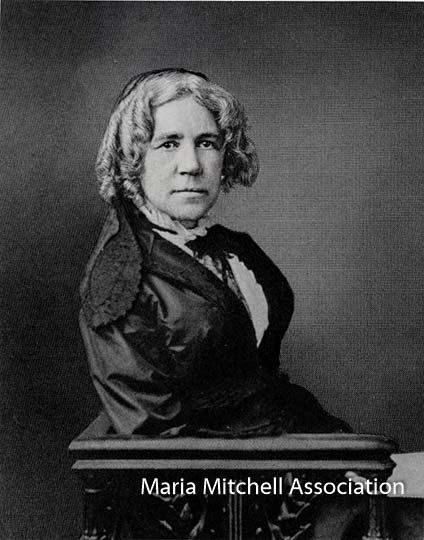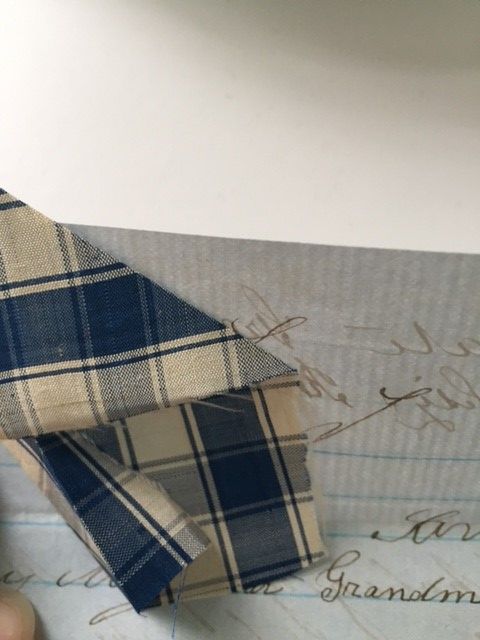The Second Director of the Maria Mitchell Observatory
Most people work for a living. I live in order to work. It is what I love to do.
– Dr. Dorrit Hoffleit
In March 2007, Dorrit Hoffleit turned 100. She was a legend not only at the Maria Mitchell Association, but also at Yale University. Despite her retirement in 1975, Hoffleit continued to work well into her 90s, maintaining her office at the Yale Astronomy Department just across the street from her home and coming to Nantucket in 2005 to observe a transit of Venus – an event that Maria Mitchell witnessed in the 1880s at Vassar College. Dorrit Hoffleit attended Radcliffe College despite the fact that when she was eleven years old her teacher told her mother: "Dorrit is not as clever as her brother." And her mother replied: "What do you expect? She's only a girl."
Hoffleit’s career in astronomy began in 1928 as a research assistant at Harvard College Observatory, where she earned forty cents an hour to her male counterparts’ dollar an hour. She worked on photographic variables and spectral classification and took classes part-time in order to obtain her master’s degree. Encouraged by the Harvard Observatory director and her mentor, Dr. Harlow Shapley, Dorrit found herself again enrolled at Radcliffe in order to earn her Ph. D. In 1938, she was one of fourteen women to earn a Ph. D. from Radcliffe – the only one in astronomy that year. At commencement, she was awarded Radcliffe’s Carolyn Wilby Prize for the best original work in any department. Her thesis concerned the determination of stellar absolute magnitudes from an analysis of their spectra. She continued to work for Harvard Observatory until 1956, when she was appointed the director at the Maria Mitchell Association Observatory. The same year, she was offered a position in the Yale University Astronomy Department where she continued her work on variable stars, authored several books, wrote many papers, and made important contributions to the Yale Bright Star Catalogue. As director of the Maria Mitchell Association Observatory until 1978, Dorrit Hoffleit taught and mentored some one hundred young women who went on to careers in astronomy, mathematics, and the sciences. She was the oldest active woman astronomer and perhaps the oldest active astronomer.
Recent Posts






